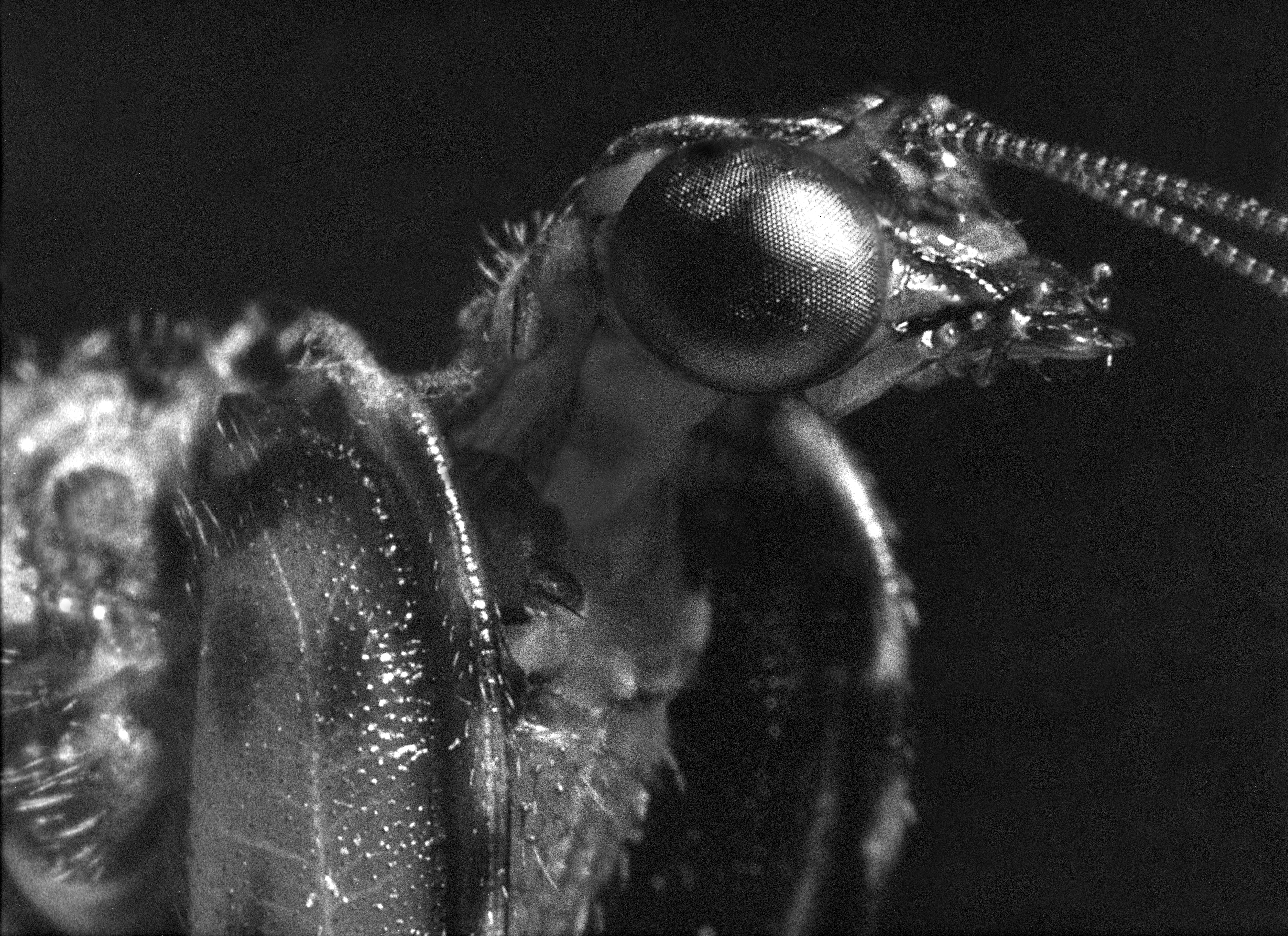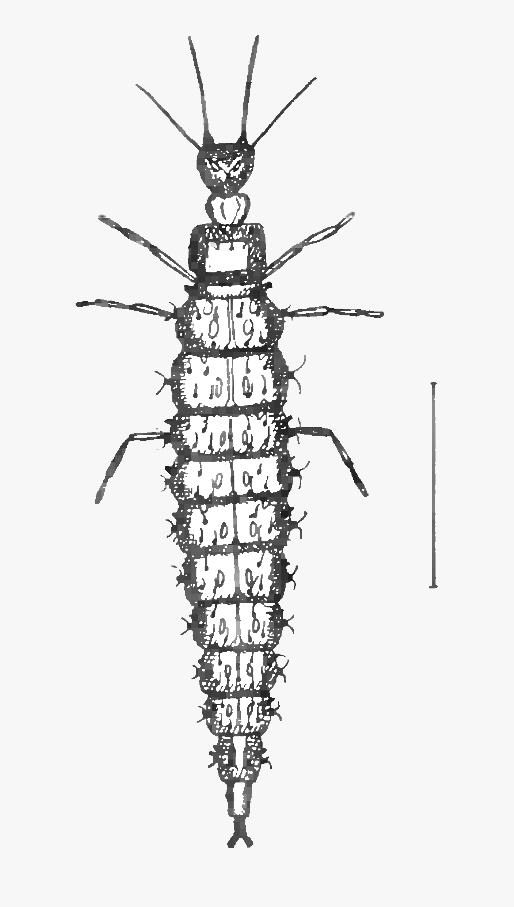|
Mantispoidea
Mantispoidea is a superfamily of euneuropteran insects in the order Neuroptera. The group was formerly placed in the paraphyletic suborder Hemerobiiformia, but is now considered sister to the superfamilies Dilaroidea and Osmyloidea. Mantispoidea contains three living families and one extinct family described from the fossil record. Taxonomy * Berothidae (Late Jurassic–Present) *Mantispidae Mantispidae (), commonly known as mantidflies, mantispids, mantid lacewings, mantisflies or mantis-flies, is a family of small to moderate-sized insects in the order Neuroptera. There are many genera with around 400 species worldwide, especially ... (Jurassic–Present) *† Dipteromantispidae (Cretaceous) (possibly nested within Mantispidae) *† Mesoberothidae (including † Mesithonidae) (Triassic) * Rhachiberothidae (Early Cretaceous–Recent) References External links * * Insect superfamilies {{Neuroptera-stub ... [...More Info...] [...Related Items...] OR: [Wikipedia] [Google] [Baidu] |
Dipteromantispidae
Dipteromantispidae is an extinct family of neuropterans known from the Cretaceous period. Unlike other neuropterans, the family possesses only a single set of fully developed forewings, with the hindwings reduced to haltere-like structures. They are generally small in size (forewing length 2.6-7.9 mm) and possess raptorial forelegs. They are considered to belong to Mantispoidea, with an uncertain position within the clade. Some authors have suggested that they represent a subgroup of Mantispidae, and should instead be referred to as the subfamily Dipteromantispinae within that family. Taxonomy * †'' Burmodipteromantispa'' Liu et al. 2016 ** †''Burmodipteromantispa jiaxiaoae'' Liu et al. 2016 Burmese amber, Myanmar, Cenomanian *†'' Enigmadipteromantispa'' Azar et al. 2020 ** †''Enigmadipteromantispa dimyi'' Azar et al. 2020 Burmese amber, Myanmar, Cenomanian * †'' Dipteromantispa'' Makarkin et al. 2013 ** †''Dipteromantispa brevisubcosta'' Makarkin et al. 2013 Y ... [...More Info...] [...Related Items...] OR: [Wikipedia] [Google] [Baidu] |
Mantispidae
Mantispidae (), commonly known as mantidflies, mantispids, mantid lacewings, mantisflies or mantis-flies, is a family of small to moderate-sized insects in the order Neuroptera. There are many genera with around 400 species worldwide, especially in the tropics and subtropics. Only five species of '' Mantispa'' occur in Europe. As their names suggest, members of the group possess raptorial forelimbs similar to those of the praying mantis, a case of convergent evolution. Description and ecology About long and with a wingspan of , some mantidflies such as '' Climaciella brunnea'', '' Euclimacia nodosa'' are wasp mimics, but most are brownish with green, yellow and sometimes red hues. The vernacular and scientific names are derived from their mantis-like appearance, as their spiny "raptorial" front legs are modified to catch small insect prey and are very similar to the front legs of mantids (the only difference is that the pincers lack footpads and are not used for walking at al ... [...More Info...] [...Related Items...] OR: [Wikipedia] [Google] [Baidu] |
Rhachiberothidae
Rhachiberothidae, sometimes called thorny lacewings, are a family of winged insects in the order Neuroptera. The family has only 14 extant species in four genera found in Sub-Saharan Africa, but has a diverse fossil record extending back to the Early Cretaceous in Lebanon (then part of North Gondwana), Eurasia and North America. Like the closely related Mantispidae members of the group possess raptorial forelegs, which probably only evolved once in the common ancestor of the groups. Long included in the Berothidae (beaded lacewings), they are usually considered a separate family by current authors. Another closely related group are the mantidflies (Mantispidae), and at least some of the probably paraphyletic group of fossil forms collectively called " Mesithonidae" also seem to be quite close. Taxonomy *Rhachiberothidae Tjeder, 1959 ** † Paraberothinae Nel ''et al''., 2005 *** †'' Acanthoberotha'' Nakamine et al, 2020 Burmese amber, Late Cretaceous (Cenomanian) ***†'' Alb ... [...More Info...] [...Related Items...] OR: [Wikipedia] [Google] [Baidu] |
Neuroptera
The insect order (biology), order Neuroptera, or net-winged insects, includes the lacewings, mantidflies, antlions, and their relatives. The order consists of some 6,000 species. Neuroptera is grouped together with the Megaloptera (alderflies, fishflies, and dobsonflies) and Raphidioptera (snakeflies) in the unranked taxon Neuropterida (once known as Planipennia). Adult neuropterans have four membranous wings, all about the same size, with many wing vein, veins. They have chewing mouthparts, and undergo complete metamorphosis. Neuropterans first appeared during the Permian Period (geology), period, and continued to diversify through the Mesozoic era. During this time, several unusually large forms evolved, especially in the extinct Family (biology), family Kalligrammatidae, often called "the butterflies of the Jurassic" for their large, patterned wings. Anatomy and biology Neuropterans are soft-bodied insects with relatively few specialized features. They have large lateral co ... [...More Info...] [...Related Items...] OR: [Wikipedia] [Google] [Baidu] |
Berothidae
The Berothidae are a family of winged insects of the order Neuroptera. They are known commonly as the beaded lacewings. The family was first named by Anton Handlirsch in 1906. The family consists of 24 genera and 110 living species distributed discontinuously worldwide, mostly in tropical and subtropical regions. Numerous extinct species have also been described. Their ecology is poorly known, but in the species where larval stages have been documented, the larvae are predators of termites. Systematics A considerable fossil diversity of beaded lacewings is known from the Late Jurassic onwards, containing numerous genera which are likewise basal or ''incertae sedis.'' ;Subfamily Berothimerobiinae *'' Berothimerobius'' ;Subfamily Berothinae *'' Asadeteva'' *'' Barrowiella'' *'' Berlekrumyia'' *'' Berotha'' * †'' Elektroberotha'' Eocene (Lutetian); Baltic amber, northern Europe *'' Isoscelipteron'' *'' Lekrugeria'' *'' Lomamyia'' *'' Nodalla'' *'' Podallea'' *'' Qua ... [...More Info...] [...Related Items...] OR: [Wikipedia] [Google] [Baidu] |
Hemerobiiformia
The Hemerobiiformia are a suborder of insects in the order Neuroptera that include most of the lacewings, Antlion, antlions and their allies. The phylogeny of the Neuroptera was explored in 2014 using mitochondrial DNA sequences. The results indicate that the traditional Hemerobiiformia are paraphyletic, meaning that not all the members of the clade are considered to belong to it, in particular since it would include all the Myrmeleontiformia, with which the Hemerobiiformia were traditionally contrasted. The Osmyloidea, usually included in Hemerobiiformia, actually seem to represent a more ancient lineage basal (evolution), basal to Hemerobiiformia as well as Myrmeleontiformia. The broken-up group is shown in the cladogram: See also *Stephanitis pyrioides - the azalea lace bug References External links * * Hemerobiiformia, Insect suborders {{Neuroptera-stub ... [...More Info...] [...Related Items...] OR: [Wikipedia] [Google] [Baidu] |
Dilaroidea
Dilaridae is a family of Euneuropteran insects in the order Neuroptera, known as "pleasing lacewings". They were formerly placed in the paraphyletic superfamily Hemerobioidea, though the group is currently placed in the monophyletic superfamily Dilaroidea as a sister group to Mantispoidea and Osmyloidea. There are about 9 genera and at least 100 described species in Dilaridae. Genera These genera belong to the family Dilaridae: * '' Berothella'' * †'' Cascadilar'' - (Priabonian Baltic amber,) * †'' Cretadilar'' - (Cenomanian. Burmese amber, Myanmar) * †'' Cretodilar'' - (Cenomanian Burmese amber, Myanmar) * '' Dilar'' * ''Lidar'' * '' Nallachius'' * '' Neonallachius'' Other genera previously considered to belong to family as the subfamily Cretanallachiinae have subsequently been moved to Kalligrammatidae Kalligrammatidae, sometimes known as kalligrammatids or kalligrammatid lacewings, is a family of extinct insects in the order Neuroptera (lacewings) th ... [...More Info...] [...Related Items...] OR: [Wikipedia] [Google] [Baidu] |
Osmyloidea
Osmyloidea is a euneuropteran superfamily in the lacewing order Neuroptera sister to the superfamilies Dilaroidea, Mantispoidea, and the clade Neoneuroptera. The superfamily includes three living families and two extinct families described from the fossil record. Taxonomy * Nevrorthidae (Late Cretaceous-Present) *Osmylidae (Early Jurassic-Present) *Sisyridae Sisyridae, commonly known as spongeflies or spongillaflies, are a family of winged insects in the order Neuroptera. There are approximately 60 living species described, and several extinct species identified from the fossil record. Description ... (Late Cretaceous-Present) *† Archeosmylidae (Permian-Triassic) *† Saucrosmylidae (Middle Jurassic) References Neuroptera Insect superfamilies {{Neuroptera-stub ... [...More Info...] [...Related Items...] OR: [Wikipedia] [Google] [Baidu] |
Paraphyletic
Paraphyly is a taxonomic term describing a grouping that consists of the grouping's last common ancestor and some but not all of its descendant lineages. The grouping is said to be paraphyletic ''with respect to'' the excluded subgroups. In contrast, a monophyletic grouping (a clade) includes a common ancestor and ''all'' of its descendants. The terms are commonly used in phylogenetics (a subfield of biology) and in the tree model of historical linguistics. Paraphyletic groups are identified by a combination of synapomorphies and symplesiomorphies. If many subgroups are missing from the named group, it is said to be polyparaphyletic. The term received currency during the debates of the 1960s and 1970s accompanying the rise of cladistics, having been coined by zoologist Willi Hennig to apply to well-known taxa like Reptilia (reptiles), which is paraphyletic with respect to birds. Reptilia contains the last common ancestor of reptiles and all descendants of that ancestor exc ... [...More Info...] [...Related Items...] OR: [Wikipedia] [Google] [Baidu] |


